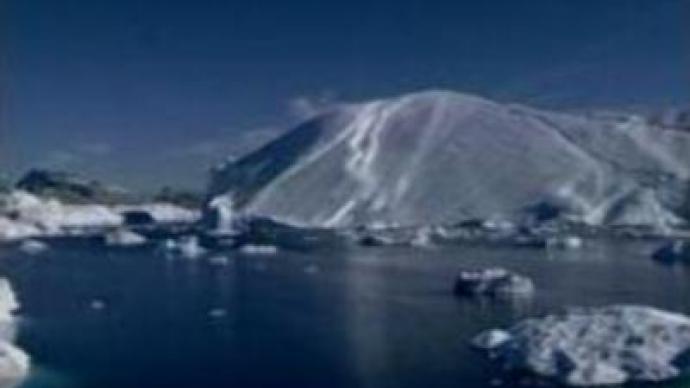Northern ‘goldmine’: Alaska sold to U.S. 140 years ago

It is 140 years since the U.S. bought Alaska from Russian Tsar Aleksandr the Second for $US 7.2 MLN – that is about two cents per acre. This area became America’s largest – and one of the wealthiest – states.
The territory of Alaska was discovered by Russian explorers in 1741 and belonged to Russia for the next 126 years.The fur of sea otters was the only attraction of the remote icy land at the time. Regarded as a burden by Russian monarchs, it was sold to the United States in 1867 by Emperor Aleksandr the Second.“At the time, the Russian rulers decided to take a course towards economic efficiency, and from that point of view, Alaska was a burden with its huge territory that was little developed. So they decided it was better to get the stake of it, rather than to keep all these territories that were not being used,” said Aleksandr Bezborodny, a historian.The purchase was sharply criticized in the U.S., referred to as ‘Seward's Folly’ or ‘Seward's Icebox’, after the name of the then Secretary of State William Seward, who promoted the deal.In Russia, criticism emerged a little later when gold, oil and gas fields were discovered there.Today the state provides half of all U.S. oil, coal and platinum metal resources.Alaska has been under the U.S. flag for more than a century, but the spirit of a previous owner is still present. Many names and geographical locations originate from Russia.Descendants of Russian settlers still live in Alaska and ties remain strong between the two sides of the Bering Strait.
You can share this story on social media:












